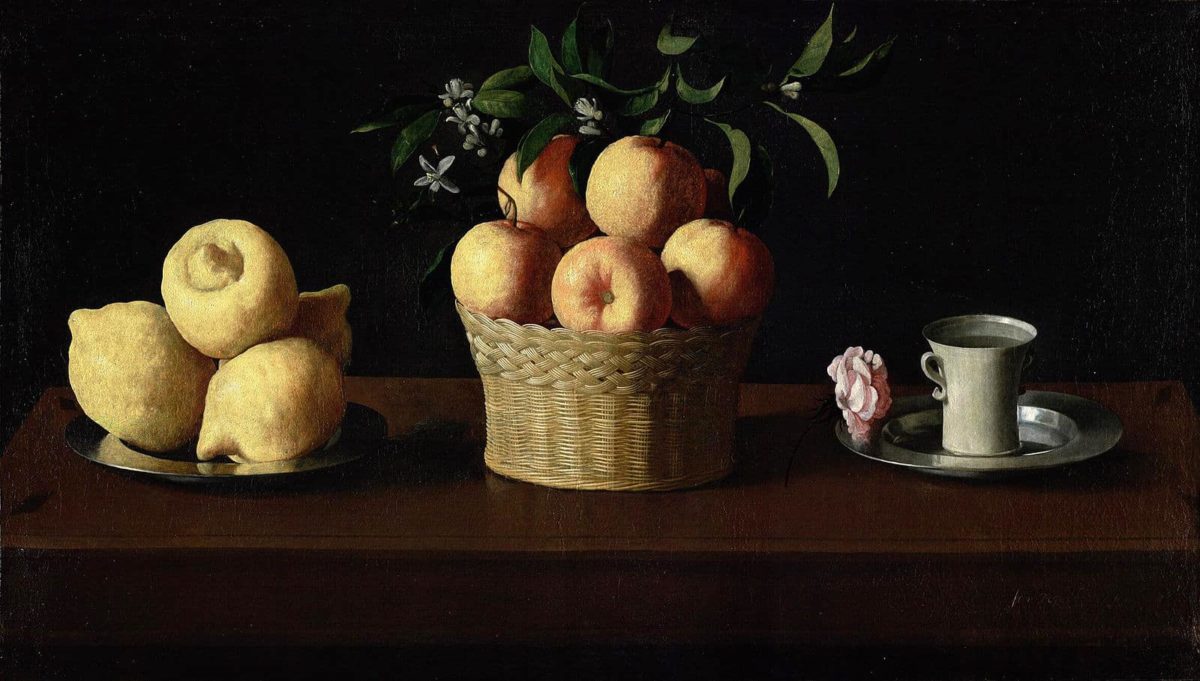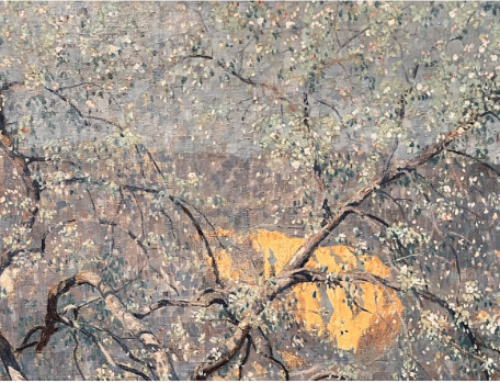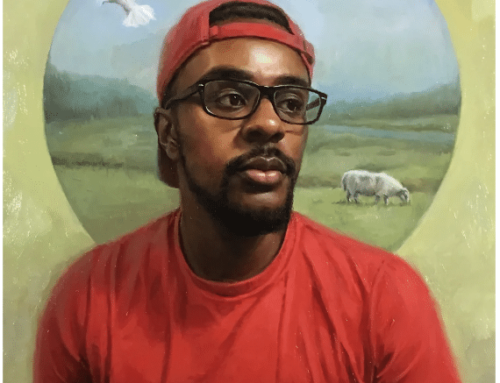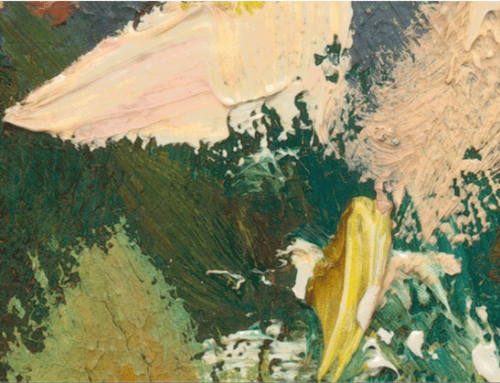“When people have the courage to think honestly, they will live honestly, and only through transparent honesty of life will a new civilization be born.” – Robert Henri
Artists are people who cultivate the parts of the mind that our materialistic culture has little use for – the realm of dreams, visions, imagination, open-minded, open-hearted perception, and above all the joy of creativity. We perceive one reality with everyday materialistic mind and another, arguably richer reality with that same mind enriched by curiosity, creativity, and wonder.
Ask a room full of children who’s an artists and every hand in the room shoots up. All children are artists, because they haven’t been indoctrinated into living daily in “everyday mind.” Life is still new and wondrous strange, and seeing something you’ve created out of your mind take shape in the world is amazingly interesting and fun.
We are still those children.
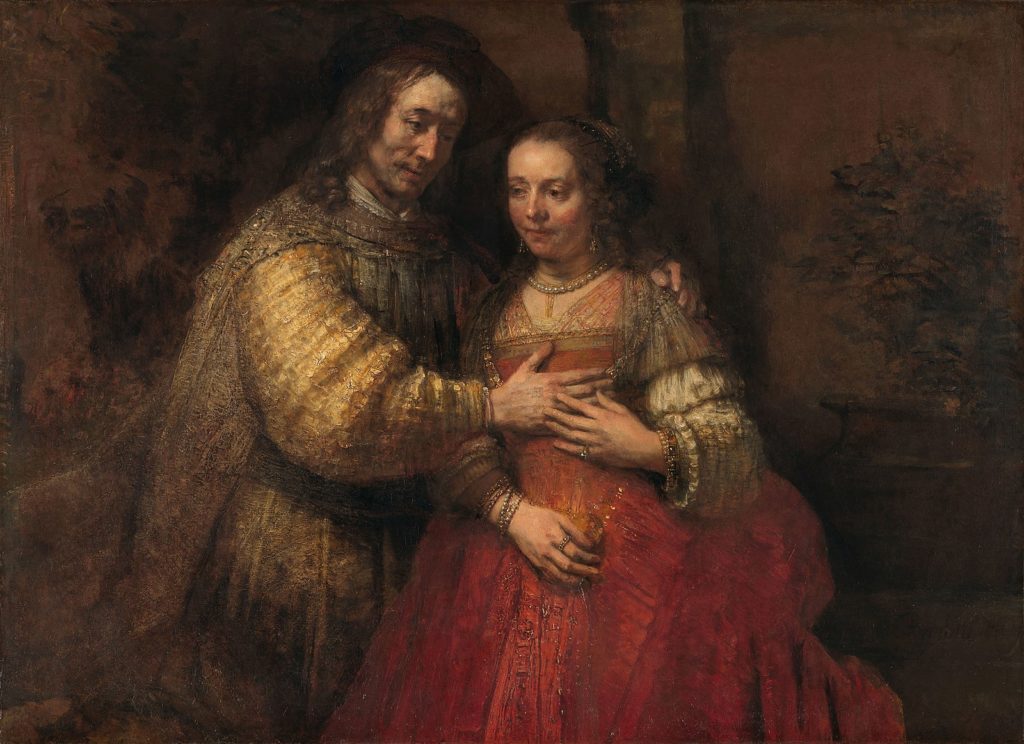
The Hopes and Fears that come with Pregnancy: Rembrandt, Portrait of a Couple as Isaac and Rebecca, known as ‘The Jewish bride’
Creating art opens the doors and windows to that other world that is also ours, the one we are told to put away when the workday starts. It’s jumping out of that business class cabin and pulling the ripcord of intuition, self-reflection, knowledge, and chance. For representational painters, that means seeing like an artist:
“Don’t paint it as it looks,” said Charles Hawthorne, paint it the way it feels.” The challenge for the realist is not to paint the rock but to paint the rockiness of rocks; not the wave but the wetness and changeable moods of oceans; not the maples trees and the grass but the very urge to life, health, and growth in all healthy trees and fields; not the photo-perfect features of a face but the inner life that shines behind and through it.
“I seek only, wherever I go, for symbols of greatness, and as I have already said, they may be found in the eyes of a child, in the movement of a gladiator, in the heart of a gypsy, in twilight in Ireland or in moonrise over the deserts,” says Robert Henri in his great book The Art Spirit. “To hold the spirit of greatness is in my mind what the world was created for. The human body is beautiful as this spirit shines through, and art is great as it translates and embodies the spirit.”
Seeing big and sharing that vision is the artist’s job.
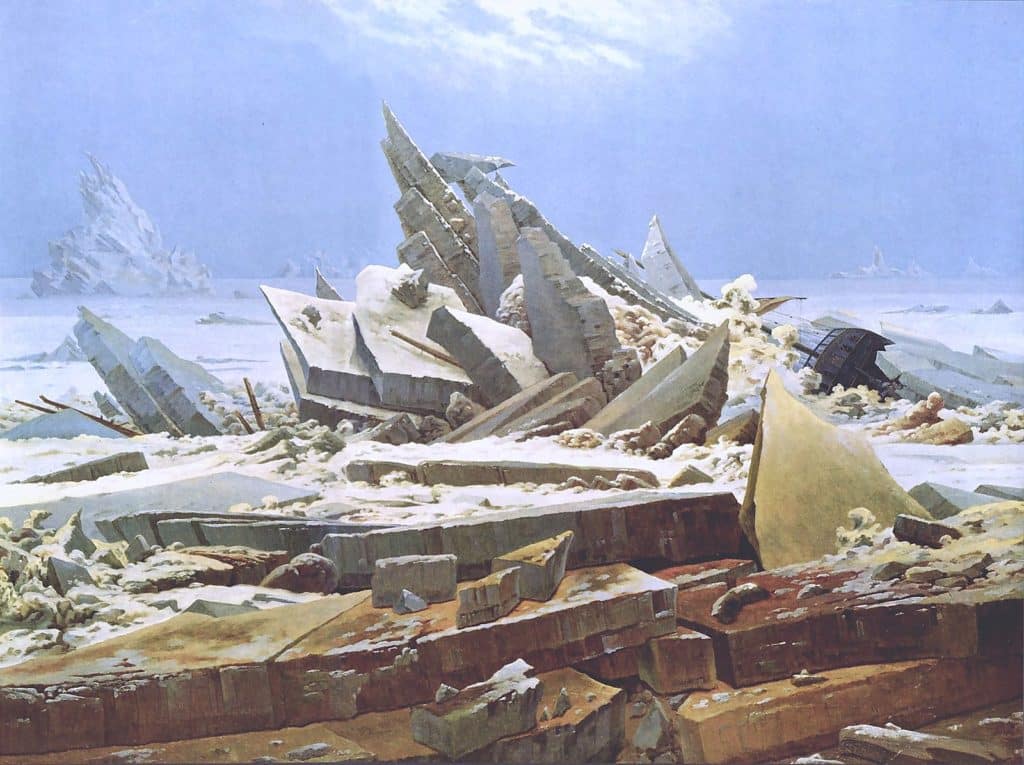
The ominous and massive power of ICE: Casper Friedrich, Arctic Ice
“We must have health everywhere if we are to overcome such civilizations as we see falling to pieces today,” Henri says, “not only health of body, but health of mind. Humanity today is diseased, it is proving itself diseased in murder, fire, hideous atrocity…. If as little children, we were enabled to find life so simple, so transparent that ll the beautiful order of it were revealed to us … if color were all about us beautifully related, we should acquire the health and have the vision to translate our lives into the most perfect art of any age or generation.”
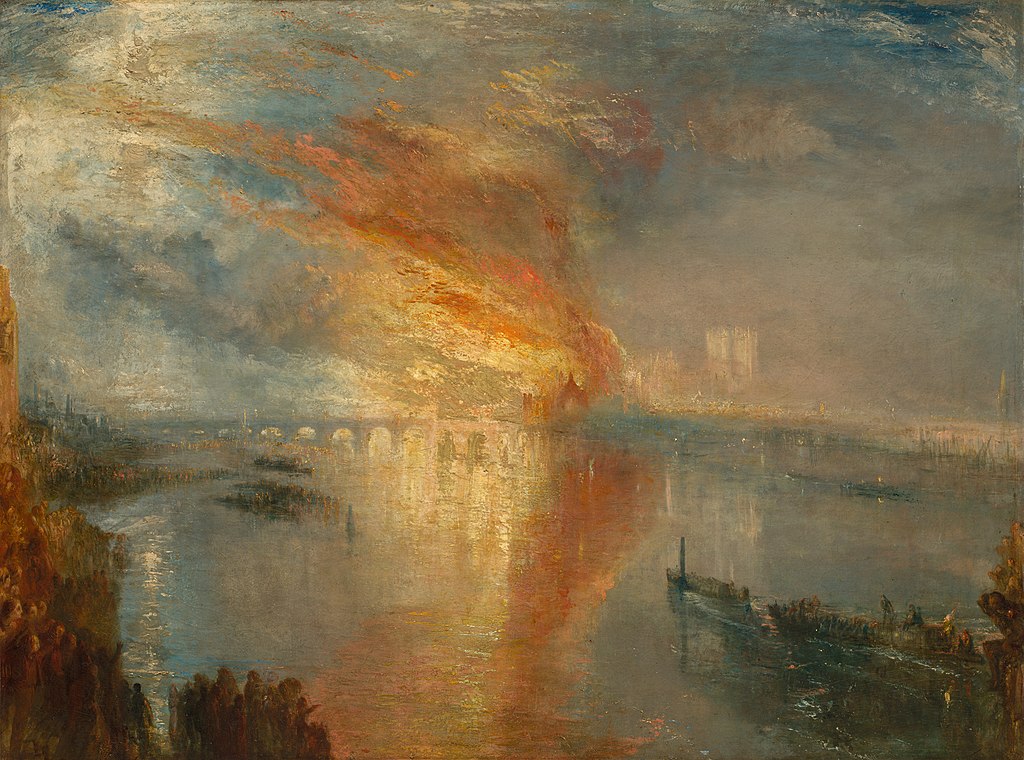
The lurid and melancholy destructiveness of FIRE: JMW Turner, The Burning of the Houses of Parliament, 16 October 1834
So is “just” making art supposed to save the whole world, to save us from ourselves? To everyday mind, it seems laughable that it could make a difference – but artists know that however far under the radar, it does. People stop and reflect, they change, they aspire anew to “teach their children well.”
“We,” wrote Shakespeare, “are the music makers and we are the dreamers of dreams.”
The Architecture of Light
Twenty years into a career as architect and architectural illustrator, Thomas Schaller embarked upon a bold new path as a fine artist. Today he is a successful and accomplished watercolor artist, known for his treatment of light and its dynamic interplay with the natural and manmade landscape.
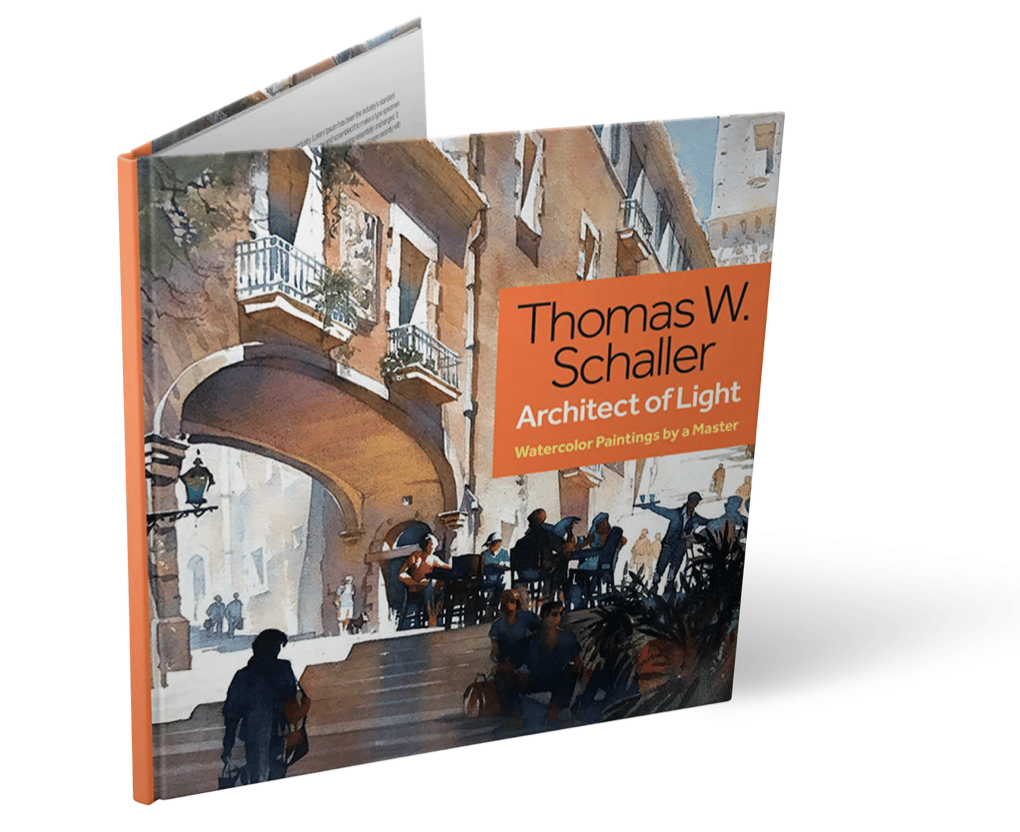 In his beautifully illustrated book of essays, Schaller ruminates on his journey as an artist, what drives him, and the “truths” he’s discovered along the way. He offers insight on composition, color and other technical aspects of painting as well as his perspectives on the more fundamental struggles of the artist, such as overcoming self-doubt and honing one’s own, unique voice.
In his beautifully illustrated book of essays, Schaller ruminates on his journey as an artist, what drives him, and the “truths” he’s discovered along the way. He offers insight on composition, color and other technical aspects of painting as well as his perspectives on the more fundamental struggles of the artist, such as overcoming self-doubt and honing one’s own, unique voice.
Schaller’s topics range from discovering the power of breathing, to the secret of how to “find the art” in any subject and how the quest for perfection led him to worry less about final results and take greater joy in process itself. “It’s be a pivoting read for collector, art-lover and practicing artist alike,” says the book’s promotors, “full of views to savor and enlighten.”

